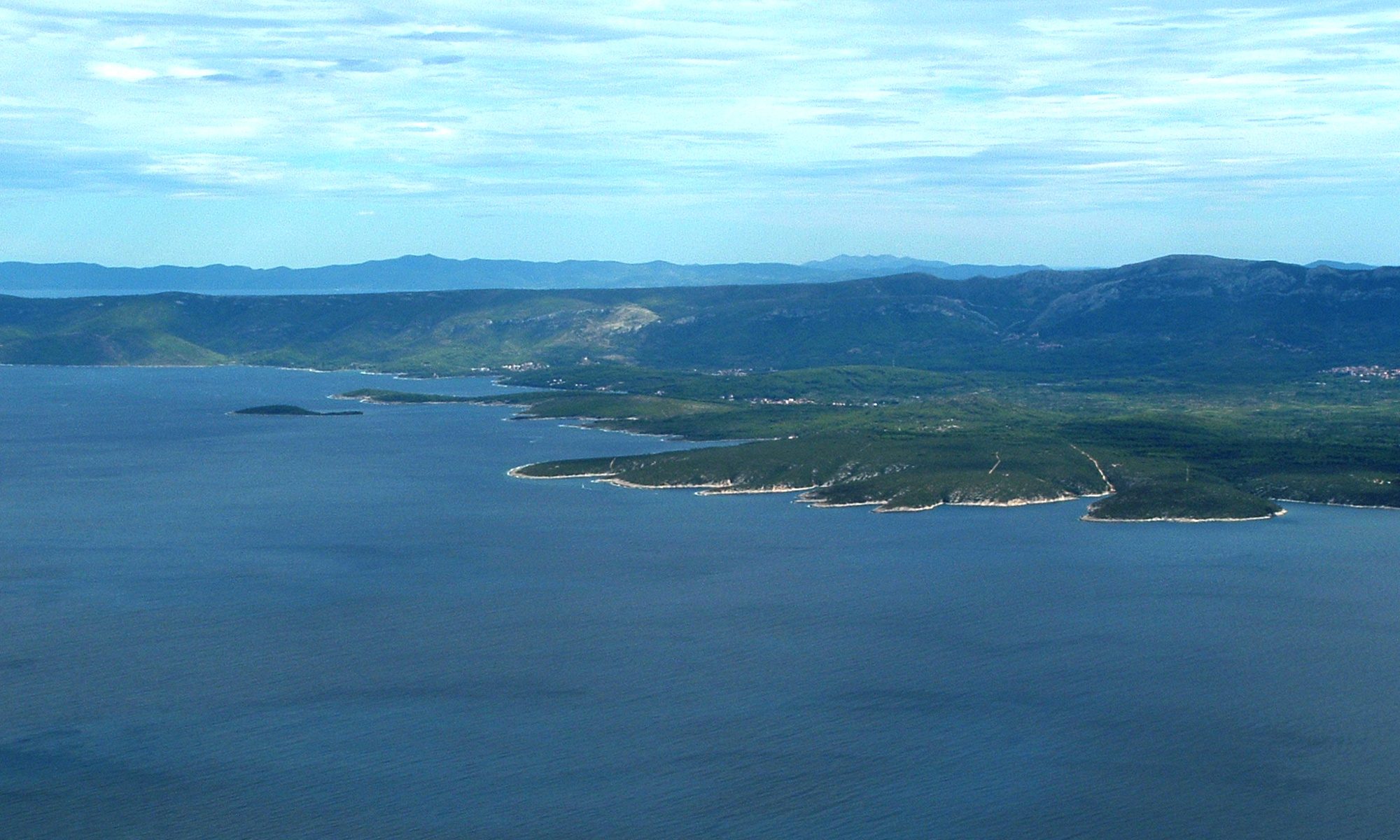Web GIS of mountain lodges and homes in Croatia with control points of Croatian Mountaineering tour
Ivan Pašić, Drago Špoljarić | University of Zagreb, Faculty of Geodesy, Croatia
Cartography has always had a significant role in human history and the use of maps has always been present and necessary in various human’s activities, including hiking. Despite the rapid development of technology and information systems, most of the spatial data related to the hiking facilities is only available in analogue format (as publications and thematic maps). For example, atttribute (descriptive) information about hiking tours were found in hiking books, guides and diaries while the visualizations of those tracks was published on classic (printed) maps. With the development of the technology and GNSS it became easier to collect, store, visualize and share such spatial data in the form of GNSS traces. Today, most of the hikers and hiking clubs have detailed informations and digital records of hiking tracks in GPX format. However, for hikers it’s usually not enough just to have access to a specific GNSS trace of a hiking trail. Beside a GNSS trace, it’s quite useful to also have spatial and attribute information about mountain objects (lodges / homes / shelters), while for the hikers of the Croatian Mountaineering Tour it’s nice to have information about the biggest and most beautiful tours with all control points. With development of web GIS application it’s possible to merge all those data within a single system and provide easy way to view, search and exchange such data through the interactive web interface.
The idea was to develop the complete web GIS portal that would include all important information about hiking facilities in Croatia, mountain access trails and CP CMT (checkpoints of the Croatian Mountaineering Tour). Visitors to such a portal would be able to view, visualize and analyse the data, while registered users would also have additional interaction controls like adding comments for a specific facility or control point, providing ratings and reviews, but also uploading and sharing their own GNSS traces. In that way, registered users would contribute to the portal with their inputs about the condition of some hiking object, control point, trail, path markations etc. Actually, they would be directly involved in filling the content of the portal – crowdsource data.
Crowdsourcing is the new paradigm for collecting data using devices (sensors) that are nowadays available for most people. In most cases, those devices are mobile phones that could also be used to determine the location of the device and its user. In that case we can define this approach as Volunteered Geographic Information (VGI). All of these lead to a new locational based services that supplement traditional cartographic methods.
With that in mind, the Faculty of Geodesy (University of Zagreb) has developed a web GIS application Hiking portal (URL 1) with interactive map visualization and with the additional controls for various spatial queries over hiking facilities and control points (Pašić 2014). Multiple technologies have been used for the development of the application. Server side of the application (backend) was mostly written using Python programming language and Django as a Python’s web framework. The data is stored using a PostgreSQL database with the popular spatial extension PostGIS. Client side of the application (frontend) was developed using HTML5, CSS3 and JavaScript with few additional JS libraries like LeafletJS. LeafletJS is an open-source JavaScript library used to build interactive web maps. The application was deployed to the Virtual Private Server (VPS) that has Ubuntu 14.04 as an operating system. Application is served using application server (Gunicorn) on a defined port and web server (Nginx) which in this case is mostly used for serving static files.
There are multiple functionalities within the portal. User can simply execute various spatial and attribute queries to easily get and filter information about hiking facilities on the area of the interest. One layer has data about hiking facilities while another one is used to display control points of CMT. When hovering with the mouse over the icon (marker) of each hiking object, the user can see basic information about that object, while clicking on it gives the user more detailed description, contact information, information about the infrastructure, number of sleeping rooms and beds, etc. The same approach is used for another layer where by hovering or clicking on the icon of the control point, the user can see information about the point as well as detailed description with photo galleries. Beside that, application also provides a set of other tools, like measuring distances and areas on the map, determining user’s location (geolocation) using the GPS sensor of the mobile device or using a triangulation method based on mobile network signal. For better terrain representation there are also multiple base maps that user can select. So, besides standard web maps like OpenStreetMap, GoogleMaps etc, there is also possibility to turn on additional maps from State Geodetic Administration (DOF, TK25) and also some other thematic maps like HikeBikeMap, OpenTopoMap, etc. It’s important to note that an interactive web interface has responsive design so it can easily be used also on smaller devices such as smartphones, tablets, etc.
In addition to all this, it’s worth pointing out that an additional value of the portal is in numerous and reliable up-to-date entries about hiking objects, control points and GNSS traces. To give an example, at this point, on the portal we can find basic information about 160 hiking facilities with more than 1000 photos and around 100 GNSS traces in gpx format. The database of the web application is constantly updating with new entries and it is one of the most complete thematic databases on the Croatian mountaineering web.
Sources
Pašić, I.: Web GIS of mountain lodges and homes in Croatia, Master thesis, Faculty of Geodesy, Zagreb 2014.
URL 1: Planinarski portal, https://planinarski-portal.org/, 13.02.2018.
